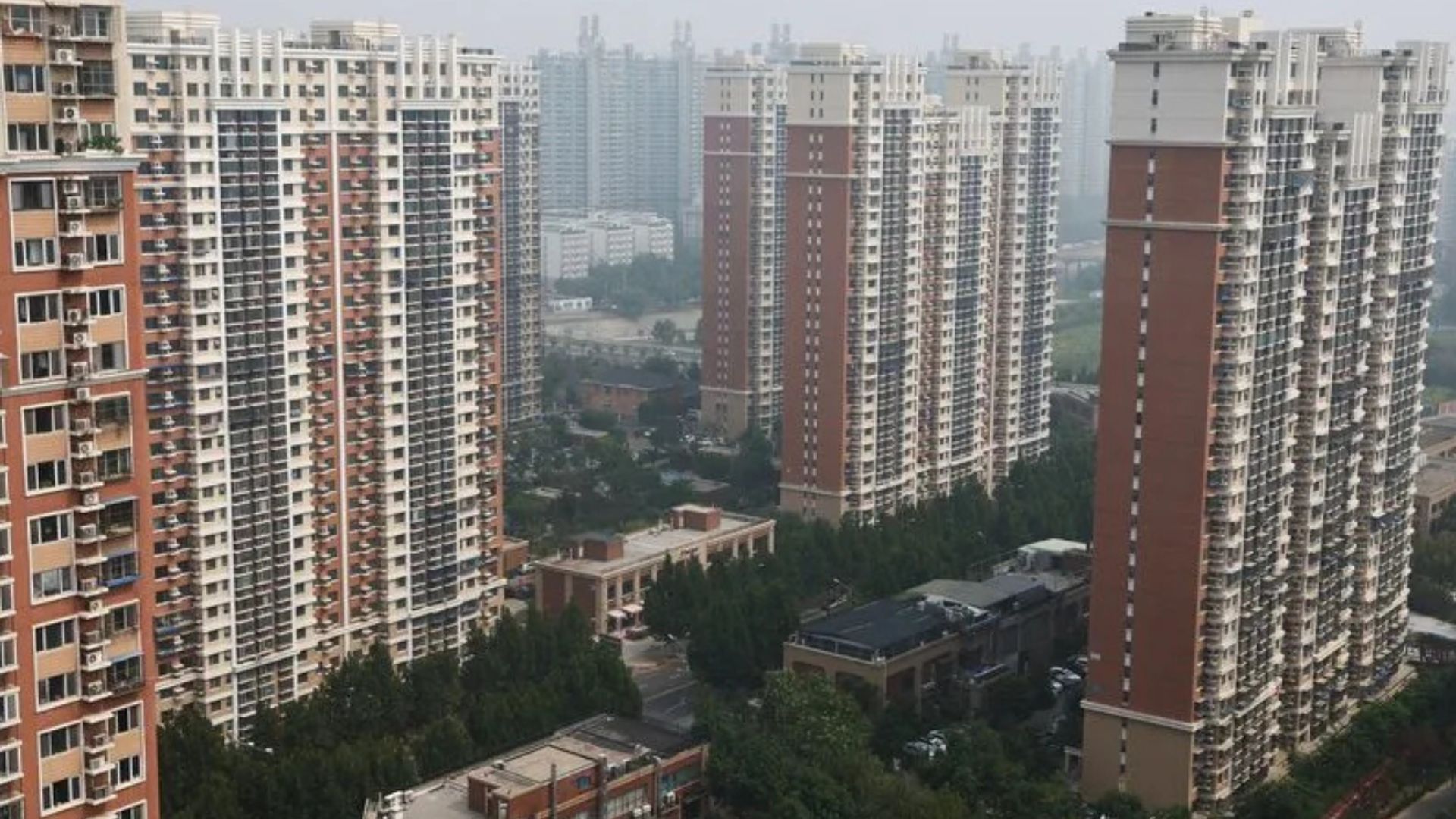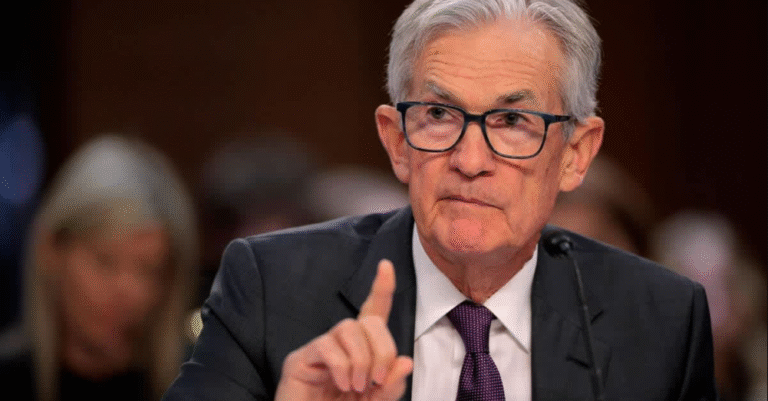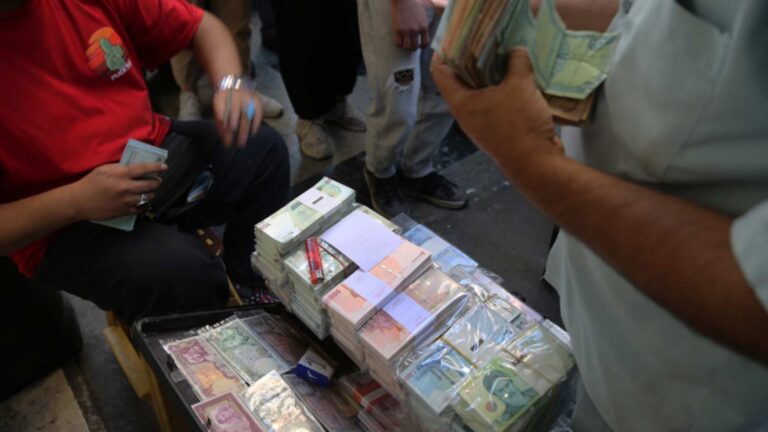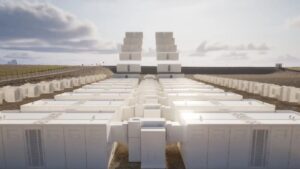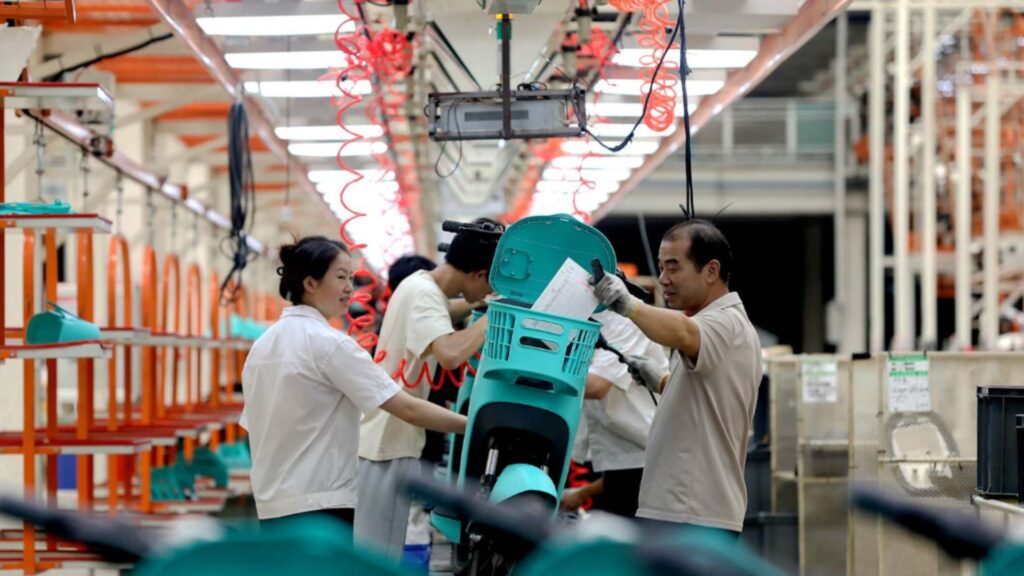
China’s industrial production grew 5.2% year-on-year in August, down from July’s 5.7% pace and below analysts’ expectations of 5.7%, according to data released by the National Bureau of Statistics (Reuters; SCMP). Meanwhile, retail sales—a key gauge of consumer spending—expanded just 3.4%, down from 3.7% in July and trailing the forecast 3.9% increase.
Real Estate Sector Deepens Drag
The housing market remains a critical weakness, with new home prices sliding 0.3% month-on-month in August, matching July’s drop and marking a continuous downturn since May 2023. Year-on-year, prices fell 2.5%, a slight improvement from July’s 2.8% decline (Reuters). Property investment plunged 12.9% in January–August 2025 versus the same period in 2024, accelerating from a 12% fall in the first seven months.
Investment and Fixed Assets Lag
Fixed-asset investment, encompassing infrastructure and manufacturing projects, rose only 0.5% in January–August, well below the 1.4% forecast and down from 1.6% growth through July. This sluggish performance underscores the broader malaise gripping capital expenditure amid uncertain demand.
Economic Risks and Policy Challenges
The National Bureau of Statistics cautioned that “unstable and uncertain factors in the external environment” and “multiple risks and challenges” threaten China’s economic trajectory. Despite stimulus measures since late 2024—such as consumer subsidies on electronics and household goods—their impact appears to be waning. Household spending remains restrained by shrinking real-estate wealth, while business confidence and employment prospects have deteriorated.
Strategy Shifts and External Demand
With domestic demand flagging, authorities are urging manufacturers to tap new export markets to meet the 5% annual growth target. However, external demand is also softening, indicating this strategy may prove insufficient without further policy support. As Beijing contemplates additional stimulus, the latest data intensify pressure to stabilize property markets, boost consumption, and reinvigorate investment in order to avert deeper slowdowns and maintain social and economic stability.




